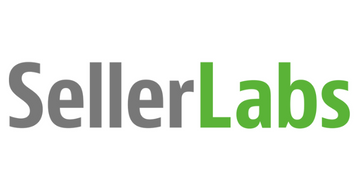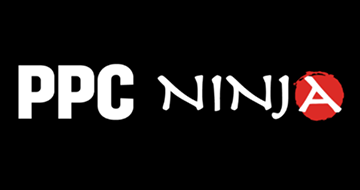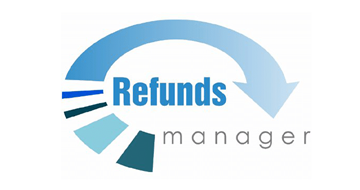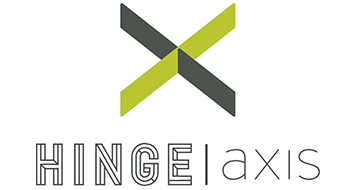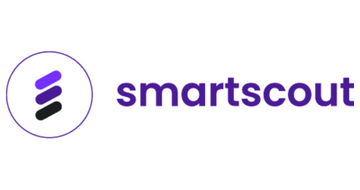Amazon is a great place to sell products, but it’s often hard to do so without the right tools and services available. There are plenty of options, so it’s usually complex to decide what you need and where to go.
This guide helps you choose the best Amazon selling tools & services, focusing on what to look for. We promise that the list will help you with your problem so that you can locate the top options for your business!
Rating and Testing Methods for the Best Amazon Selling Tools & Services
When rating and testing the best Amazon selling tools & services, we:
- Checked the highest-ranked products from various services to locate the top 50 to 100 options
- Made sure they were easy to use
- Read multiple expert and user reviews about each product to find key metadata and the top features
- Reviewed recorded demos of every product where possible and used them ourselves
- Let experts evaluate the UI design and usability
- Performed search intent data on each product
By taking everything into account, we provide a score, ranking the products.
What Are Amazon Selling Tools?
The past few years have seen the world being thrust into digital commerce. This industry has become very competitive, with large and small retailers selling online. There are roughly 476,000 new sellers on Amazon alone.
You need the right skills, tools, and knowledge to thrive in the competitive industry. That’s where Amazon selling tools & services come into play.
Overall, Amazon selling tools are used by the sellers to stay competitive within the marketplace. You can use them to check rankings, search for keywords, monitor product reviews, calculate fees, and determine product processes.
Some tools focus on marketing campaigns, inventory, ad management, and sales.
New sellers may not need a comprehensive software package initially, but it’s crucial to have basic tools, such as list optimization, PPC management, feedback monitoring, automatic repricing, and keyword research. We help you decide which Amazon selling tools are ideal for your brand and requirements.
MORE: Test our Amazon FBA Calculator
How to Win Customers
To win customers, you need to have excellent products, competitive pricing, enough inventory to sell, and positive seller feedback. The following chart shows the importance of positive reviews by your customer. It goes without saying that the positive seller reviews will result from thoughtfully optimizing your Amazon seller account customer service.
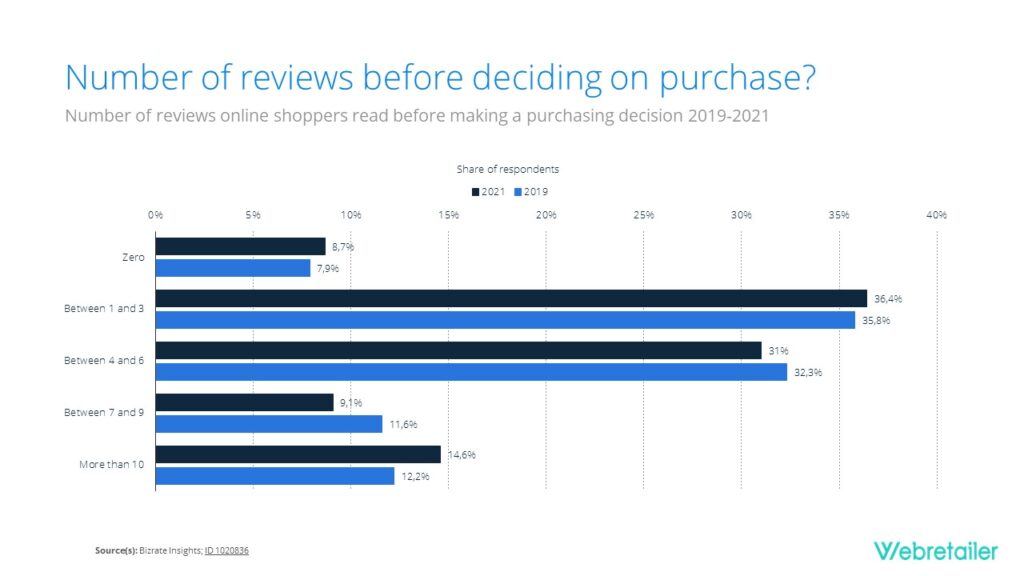
Amazon selling tools can help you calculate profitability. Do you know if that product is likely to sell? What market is ideal for it? Sellers need to focus on profit potential, and that includes shipping costs, service fees, and all the rest.
Likewise, a seller must forecast their sales properly to ensure that they have enough inventory. If you don’t have it in stock, people can’t buy it. However, there shouldn’t be so much that you can never move it all and must pay for storage fees until it’s shipped.
In a sense, Amazon is a competitive marketplace, so you must analyze everything. Once you find a profitable product, you need to decide what price to sell it at where you can make money. Still, it has to be low enough that people want to buy it, especially if there are similar items sold on the platform.
Positive feedback from customers is the main goal because it shows you as trustworthy to other potential buyers. However, that doesn’t happen overnight. As you become more successful, you need a way to see feedback, compile it together, and analyze it. The best Amazon selling tools & services offer such features.
Pain Points That Amazon Selling Tools Solve
There are countless pain points Amazon sellers face, but the right selling tools and services can help you solve them. Here are the top three issues and solutions:
The Competition
Amazon allows just about anyone to sell a product, so there’s a lot of competition in every niche and industry. The barrier to entry on the platform is also quite low.
Unless you’re selling an exclusive product for your brand, you’re likely competing with millions of others. That makes it harder to get discovered by customers to earn more revenue.
Overall, Amazon selling tools can help you research the competition. Either enter a product name or an ASIN number. You get to see important data and statistics to determine if that item might compete with yours.
When you create a list of competitors, you know who you must beat. That might mean lowering prices, changing the product listing, or something else.
Managing Everything
Keyword research is crucial to your online business, but it’s often hard to do. Amazon selling tools can take the guesswork out of it all.
You can see the keywords your competitors use and automatically incorporate them into your descriptions. These tools also show you the most important phrases to focus on. Then, you may publish them.
Other systems help you manage your inventory so that you know how much you have and when to order more. It also prevents you from getting too much and having to pay high storage fees to the warehouse.
Marketing and Optimization
While keyword optimization is crucial, your particular marketplace should be optimized so that it’s easy to find information and navigate. You want people to stay in your shop longer to browse and buy.
Some Amazon selling tools help you market yourself with PPC campaigns, email marketing, and much more.
Amazon Selling Tools Meaning
The phrase is self-explanatory. Amazon selling tools help you sell more products, but it’s an umbrella term that includes many aspects, such as marketing, inventory, sales, management, fee calculations, product review monitoring, pricing, rankings, and keywords.
Sometimes, they’re referred to as Amazon seller’s tools, Amazon selling services, or Amazon seller’s services.
Main Features of the Best Amazon Selling Tools & Services
There are various Amazon selling tools on the market, but most of them contain similar features. The top ones to consider include the following:
- PPC Tools – You can manage your Amazon pay-per-click campaigns with built-in tools, but that might make you miss the bigger picture. Third-party systems offer automated and holistic insight into your profile.
- Competitive Analysis – There are millions of sellers on Amazon, so you must understand what the successful ones are doing and how. The tool should pull data from various reports and bring in additional information.
- Product Listing Management – It’s nearly impossible to manage your product listings manually. Automated tools can help with inventory management by ensuring consistency and speed.
- Feedback/Review – Amazon customers prefer to check reviews before buying, so negative feedback that goes unanswered can hurt your brand. Third-party systems help you craft responses that are professional.
- Alerts – Choose selling tools that let you set alerts to see what’s happening at a glance. That means you’re not constantly monitoring the site for problems.
Benefits of Using the Best Amazon Selling Tools & Services
Before you decide to use Amazon selling tools, it’s important to understand why you need them. Let’s check out the benefits now:

Get Insights on Inventory
You need enough inventory to produce revenue, but you must forecast sales correctly to know how much you might require. If you order too much, you have to store it in the warehouse, which costs money. However, if you don’t get enough, you run out of items and miss potential selling opportunities.
Many selling tools offer forecasting to help you figure out how many products you need to reduce storage costs. In the past, you may have had to buy a certain amount, see how long it took to sell it all, and then order more/less/the same next time. This method doesn’t account for any changes, such as seasonal sales.
Most trackers can capture how many units you sell daily, incorporating stock forecasting, profit margins, and daily revenue. This information is invaluable as a seller!
Find Relevant Keywords for Marketing
Keywords are the words and phrases people type into the search bar of any website (or Google) to find information. Since you’re working on Amazon, you know that these people are looking for specific items to purchase. Half of your work is done for you because you don’t have to use content marketing as much (though you should still utilize it).
Where do you use keywords?
Amazon Marketplace allows you to set up a shop online. Here, you can explain what you do, and those key phrases can help you attract new customers. You should also add keywords to your product descriptions on each separate page. That makes it easier for people to find your items instead of the competition.
Calculate Profitability
You need to know how well a product might do before you incorporate it into your listing. Does it have profit potential with your target audience? Some items do better than others, but you also have to account for service fees and other requirements.
Amazon selling tools can help you do this. Input information about packaging and more to see how much you’re paying versus how much you bring in.
Competitive Analysis
It’s best to target your reach so that you reduce product research times. Check out what your competitors sell and why to get a head start.
You can’t analyze the competition manually because it would take too long. Instead, you need Amazon selling tools to help you. Then, it’s easier to source similar products, find suppliers, and determine your profit margin.
Save Time/Money
With Amazon selling tools, you don’t have to do everything manually. Whether it’s PPC management, listing optimization, competitor research, or keyword research, the software automates most of the tasks, so you save time. In fact, you aren’t required to hire someone to do them because it’s easier to handle yourself.
Seamless Integration
Most people hope they can find one software option that handles all of their needs, but that’s generally impossible. Instead, the Amazon selling tool you choose should integrate with your current systems. That means you can import/export data as needed and have a streamlined information hub at your fingertips.
Who Should Use Amazon Selling Tools
In a sense, everyone who uses Amazon to sell products should have Amazon selling tools. However, we can break it down further for you:
Large Companies
Large businesses often sell products on Amazon and their own websites. It’s a great way to expand your horizon and earn more leads. Since you’ve got your privatized site and are on Amazon, you definitely need a way to keep everything organized.
Amazon selling tools only work on this platform, but it does protect your investment there. You may then use other software options for your website and compare them.
SMBs
Small and medium companies might also use Amazon and various selling tools. These brands are newer on the market, and it’s often easier to get into the industry on such a large marketplace. However, you need to ensure that you’ve streamlined the process and have appropriate products.
Individuals
Whether you’re trying to start a drop-shipping business or build a new company from scratch, Amazon Marketplace is the best choice for you. The rules are simple to understand, you can sell just about anything, and you build your inventory to include many exciting products.
However, you need to save time, and Amazon selling tools can help you do that. This also leads to more profits and higher sales, and you can see what the competition is doing!
What Do Amazon Selling Tools Cost?
The best Amazon selling tools & services range in price from $20 to $200+. It all depends on the one you select, how many features it has, and more.
Generally, you pay more for additional features instead of per-user. However, most tools allow you to pay monthly or annually to save money. Enterprise pricing often differs.
Overall, the price you pay varies based on many factors.
Trends in Amazon Selling Tools
Most people don’t think about the trends that might affect the best Amazon selling tools in the future. However, with more and more people using Amazon to support their businesses, it’s crucial to think about these things.
Overall, such trends could affect what meets your needs best. They include:
- Interactive Streaming Ads – Marketing now focuses on engaging with customers one-on-one wherever they are at the time. Interactive advertising is the wave of the future. Amazon announced new ad formats in 2021, and the two most popular were audio and interactive video ads. You should be creating them for your brand, but that means understanding how keywords play into it all. Plus, you must set up voice activation so that if a user says “add to list” or “add to basket,” it goes to the right page.
- Live/Social Commerce Marketing – Word of mouth has always been a powerful advertising option because consumers trust the honest opinions of others. Today, it takes place mainly on social media, though people do leave reviews on Amazon itself. Now, the company has gone a step further, incorporating social media-style features to help you capitalize on that. You can create “posts” and upload content to link to your product pages. These must also be streamlined, and they should be incorporated into your Amazon selling tools.
- Twitch Adverts – Twitch is a live-streaming platform where users can stream videos of themselves doing almost anything. Amazon bought it and incorporated the platform into its business model. Sponsored Display ads can target Twitch now, which provides a huge opportunity to those who know how to exploit it.
Which Is the Best Amazon Selling Tool?
It’s hard to choose the best Amazon selling tool. Ideally, you should test out many of them to get a feel for what they offer. Our list is an excellent start. If you’re ready to try the perfect solution, it’s right at your fingertips!
How to Choose the Right Amazon Selling Tools
We’re here to help you select the best Amazon selling tools & services. This list is a great place to start, but it depends on various factors, such as your budget, analytics needs, and experience level.
If you’re just starting, take advantage of the sales reports and built-in tools Amazon offers on its platform. Then, determine where to dive deeper and test-drive the free tools to see what they provide. You can always increase your plan option as your business grows and succeeds.
It’s also best to think about the analytical portion. Where do you need more insight? Keyword and product research tools are often the best choice, but you should also focus on marketing and forecasting.
Summary
Today, you’ve learned what Amazon selling tools are, who needs them, and what they might cost. We also touched upon the trends this marketplace is moving toward, which can help you beat the competition and promote your brand.
You focused on the features and benefits of the best Amazon selling tools & services, and our list has everything you could ever need. We even gave insight into our testing and rating methods so that you were clear about how we chose the software. Test out one or more today to see how they offer solutions to your pain points.

































